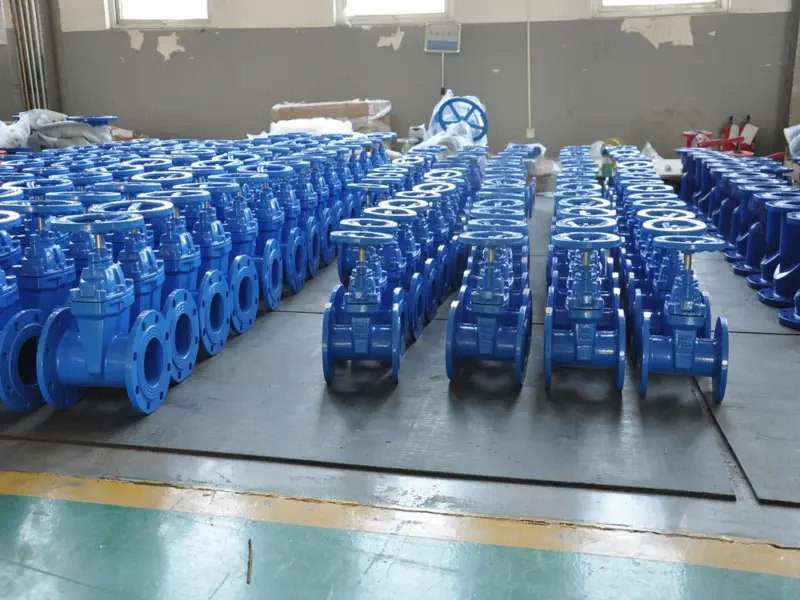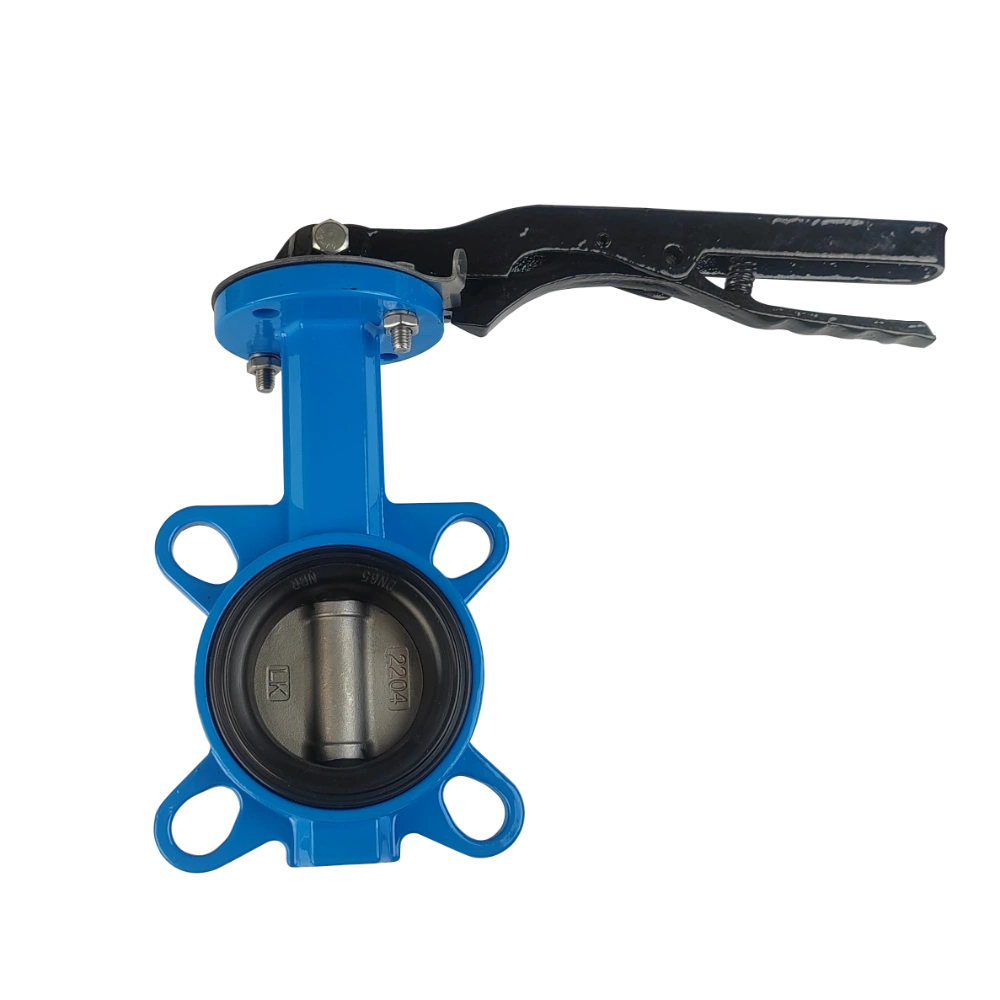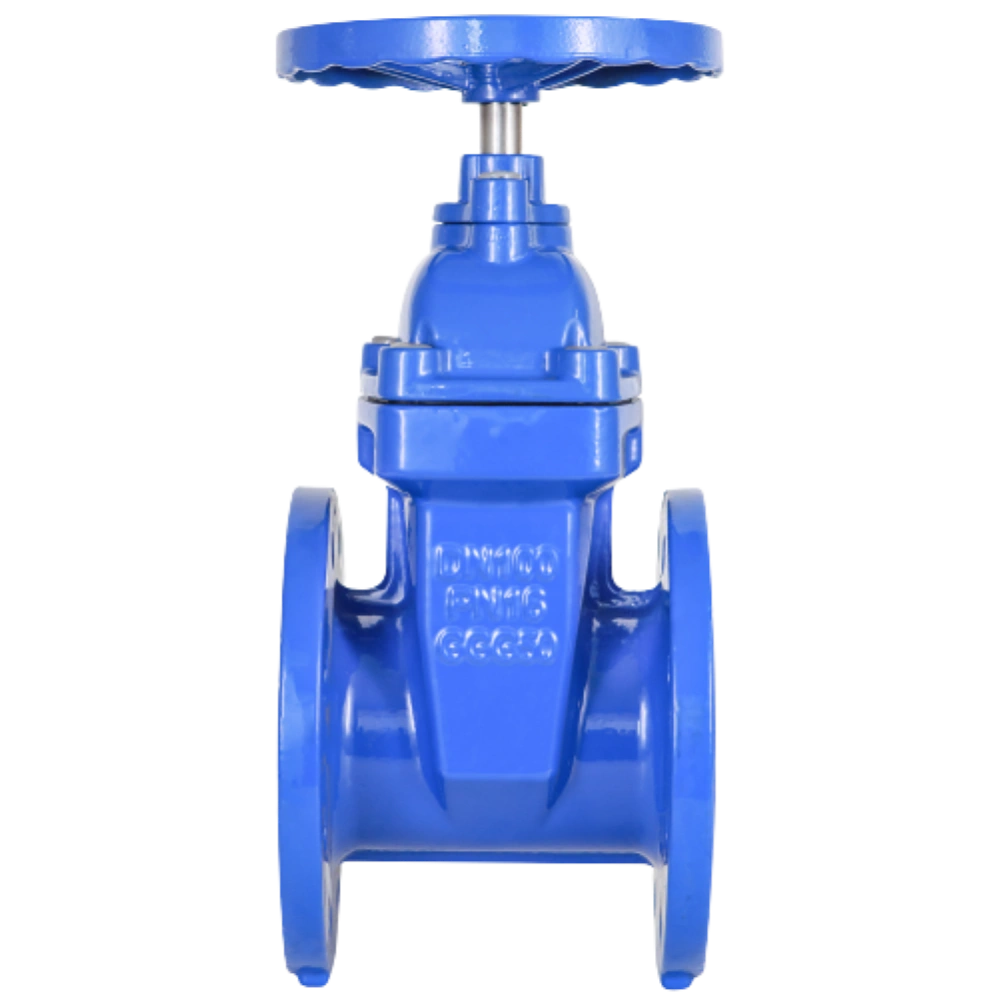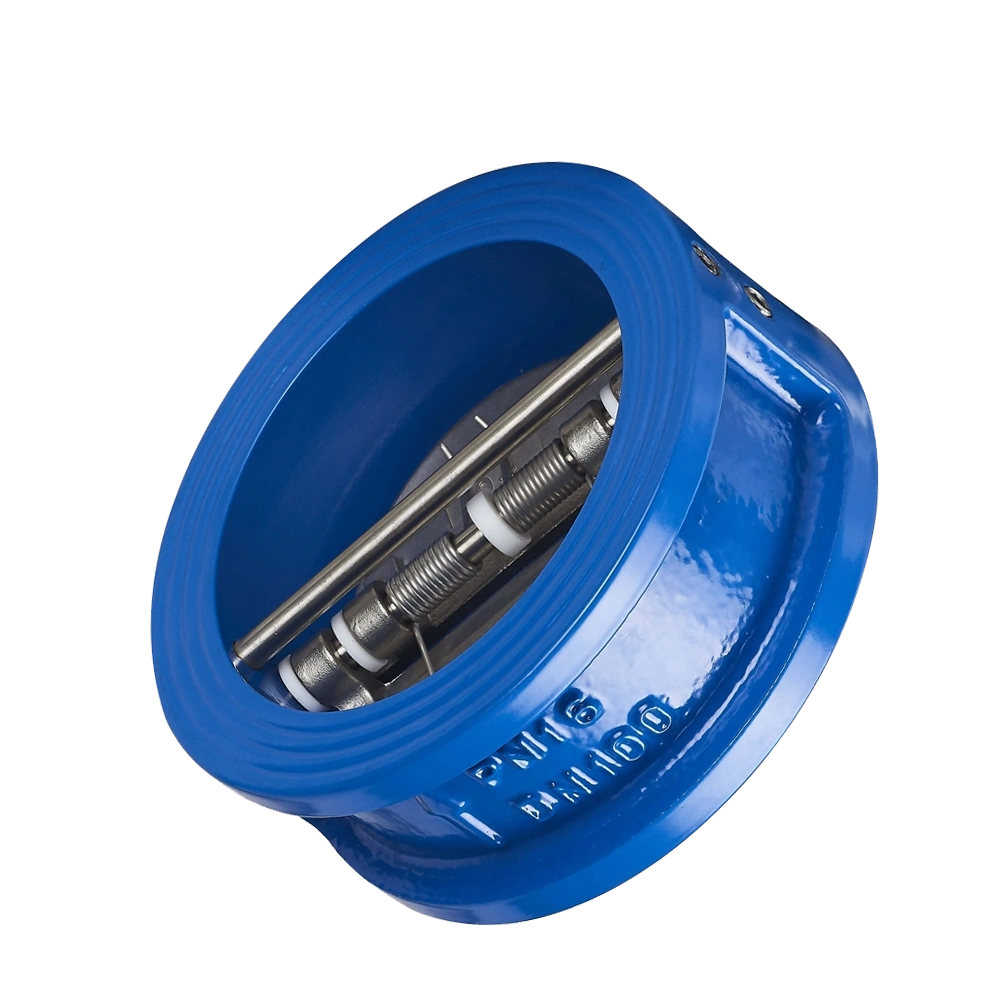Gate valves are utilized across most industries to manage the flow of liquids. They can build upscaling—a deposit of minerals such as calcium or magnesium. Scaling decreases efficiency, leads to leaks, and even breaks the valve. Coating the valve is one way to prevent scaling. This blog discusses how to prevent scaling on gate valves by coating.
What is Scaling, and Why Is It an Issue for Gate Valves?
Scaling occurs when minerals in water adhere to the face of a gate valve. The most typical reason is hard water, composed of high concentrations of calcium and magnesium. When water passes through the valve, the minerals rest in crusty deposits. Eventually, the valve becomes increasingly difficult to open and shut. Scaling also forms rough spots within the valve, which latch additional minerals and accelerate corrosion. Scaling can plug the valve if not halted, resulting in costly repairs or replacement.

What are the Causes of Scaling on Gate Valves?
1. Contaminants in the Fluid
Fluids containing dirt, sand, or other impurities make scaling more likely. These impurities are glue-like, allowing minerals to adhere to the valve. Sand in water, for instance, can encourage mineral deposits in oil lines. Regular filtering of fluids lowers impurities and retards scaling.
2. Water Quality Issues
The most critical cause of scaling is low-quality water. Hard water contains dissolved minerals like calcium and magnesium. When water travels through the valve, the minerals stick to metal surfaces. They accumulate over time, form a hard and chalky film. Areas with hard water are more likely to develop faster scaling. Soft water has fewer minerals, so scaling develops more slowly.
3. Valve Material Selection
Some valve materials are more prone to attract scaling than others. Iron or steel metals will rust quickly. Rusting creates rough surfaces which minerals will adhere to. Stainless steel or brass will not rust as easily but can still scale if water quality is poor. Having the correct material for your system will reduce scaling.
4. Temperature Changes
Temperature variation makes scaling worse. Hot water has higher minerals than cold water. As hot water cools down in a valve, minerals precipitate and stick to surfaces. Valves in hot water piping or steam lines tend to scale faster. Cycling also makes the metal expand, contract, and get cracks where minerals accumulate.
How to Prevent Scaling on Gate Valves by Coatings?
Coatings are a barrier between the valve’s metal surface and the water. They create a smooth layer that minerals cannot adhere to. Assume it as non-stick pans—food flows off rather than burning. Coatings also shield the metal from corrosion and rust. They prevent minerals from building up deposits by building a non-reactive and smooth surface. This allows the valve to function smoothly and last longer.

Types of Gate Valve Coatings
Different coating types are applied based on various cases to prevent scaling on gate valves by coating. Each has unique characteristics that make it more appropriate for particular environments.
1. Teflon Coatings
PTFE, or Teflon, is slippery. Minerals have difficulty adhering to it, which makes it a good fit for valves that open and close frequently. PTFE works fine under low-friction environments but is not as durable as epoxy. It breaks down earlier under high heat or pressure.
2. Epoxy Coatings
Epoxy coatings consist of rigid plastic-like material. They have good adhesion to metal and can withstand heat and chemicals. For this reason, epoxy works perfectly for valve stems on steam or hot water lines or highly chemical plants. Once applied, the coating solidifies as a heavy coating in liquid form. Epoxy stays durable for many years but marks when struck with heavy objects.
3. Polymer Coatings
Polymer coatings consist of polymers such as polyurethane or nylon. They are pliable and can withstand wear. Polymer coatings are less expensive than epoxy or ceramic and perform suitably in low-pressure systems. However, they perform poorly under high-temperature conditions.
4. Ceramic Coatings
Ceramic coatings blend small ceramic particles with resin. They are very hard and scratch, heat, and chemical resistant. They are well-suited for valves in harsh environments like mining or oil drilling. However, ceramic coatings are more expensive and require trained people to apply them correctly.
How to Apply Coatings on Gate Valves?
Proper coating application is the solution to making them functional. It requires cleaning, the appropriate selection method, and curing.
1. Clean the Valve
Start by thoroughly washing the valve. Dirt, grease, or degraded scale will inhibit coating adhesion. Clean the valve using wire brushes or sandblasters. Chemical cleaners can remove tenacious deposits. Dry the surface thoroughly before applying the coats.
2. Select the Application Method
The second step to prevent scaling on gate valves by coating is to select the proper application method. Spraying employs, a spray gun to apply the coating uniformly. This is best for epoxy or polymer coatings. Dipping places, the valve in a bowl of liquid coating. Dipping covers difficult-to-reach areas but consumes more material. Brushing is manual and slower but suitable for minor repairs or touch-ups.
3. Properly Cure the Coating
The majority of coatings require heat or time to cure. Epoxy takes 24 hours to dry, and PTFE must be heating in the oven. Be sure to read the manufacturer’s instructions carefully. Skipping this step may cause the coating to be sticky or weak.
Benefits of Using Coatings to Prevent Scaling
Coatings are used in numerous ways. First, they add life to the valve by protecting it against wear, rusting, and scaling, which minimizes the rate of replacements. Coatings save money on maintenance because they prevent leaking and clogging. Also, coated valves become more efficient in opening and closing friction-free. Coatings are versatile and perform in water, oil, gas, and chemicals; hence, they are used in various industries.
Final Note
Following the above steps helps prevent scaling on gate valves by coating them easily. Choose the proper one for your system, use it with caution, and maintain it now and then. Although coatings have some limitations, they’re a cheap solution for the majority of industries. Avoiding scale development prior to it saves time and money.




